Tuesday Tips & Tricks
I've enjoyed being able to contribute to the TTT series so far. It’s challenged me to think about why and how I do what I do when I am sketching and to put it all down into words. This is something I have never really done until recently. It has also been incredibly beneficial to read the weekly posts of the other contributors Wes, Barbara and Alex. In the last couple months, as Chicago winter has settled in and limited outdoor sketching opportunities, I've found myself coming back to bits and pieces of advice from several previous posts from Alex and Barbara. In Playing With Line, Barbara reminded us of the versatility and simplicity of line. In Thoughts on Talent, Alex reminded us the more we work on something the better we become, and that all of us can become great sketchers. And most recently in Every Visual Creative Should Keep a Sketchbook Barbara gave pointers on how to use a sketchbook, turning it into a personal habit and practice, something we carry with us everywhere. With these tips in the back of my mind, and knowing how the winter months can put my sketching into hibernation, I started thinking about how to encourage myself to maintain the sketching habit in spite of the inclement weather conditions. So, (at least for the time being), I decided to trim down my entire sketch kit to one or two fountain pens and one sketchbook.
Simplifying my entire sketch kit down to two or three pieces has made it easy me to carry my sketchbook and pen(s) with me wherever I go, which has also encouraged me to sketch more. More importantly, (and to the point of this post) I've been learning how versatile one sketching tool can really be. This post goes over some of the techniques I have been playing with in the past few months that allow simple line drawings, with one pen (or whatever you chose to use), to be transformed from flat, valueless sketches into dynamic value filled sketches.
Creating Value With Line
Why?
Line drawings that do not incorporate value can often seen flat and static. Drawings that incorporate value have a sense of depth and are more dynamic.
How?
-Use different sized pens (pencils, brushes, markers etc etc) For the purpose of the post I am focusing on
and using pens as an example. You only
need one or two. There are several
different brands of pens that come with a variety of sizes. Some popular choices are the Sakura Pigma Micron pens,
Staedtler’s Pigment Liner pens, or Faber Castell’s PITT Artist Pens. Or you could use a fountain pen that has a
flexible, springy nib, such as Noodlers Konrad Flex Pen. My preference is to use one or two fountain
pens. If only using one, I use my TWSBI580 with
an EF (Extra Fine) nib. The extra fine nib is great for creating really thin lines, but the flow of the ink in the pen is
fast enough that I can easily add value to a line(s) or easily fill in larger
areas with value. If using a second pen,
I will use one that has an M (medium) or B (bold) nib.
Having a second pen with a larger line weight provides a quick contrast in
line weights which can be used for things such as the profile or relief of a building, objects that are in the foreground or any line or object you want to pop from the rest of the drawing.I've enjoyed being able to contribute to the TTT series so far. It’s challenged me to think about why and how I do what I do when I am sketching and to put it all down into words. This is something I have never really done until recently. It has also been incredibly beneficial to read the weekly posts of the other contributors Wes, Barbara and Alex. In the last couple months, as Chicago winter has settled in and limited outdoor sketching opportunities, I've found myself coming back to bits and pieces of advice from several previous posts from Alex and Barbara. In Playing With Line, Barbara reminded us of the versatility and simplicity of line. In Thoughts on Talent, Alex reminded us the more we work on something the better we become, and that all of us can become great sketchers. And most recently in Every Visual Creative Should Keep a Sketchbook Barbara gave pointers on how to use a sketchbook, turning it into a personal habit and practice, something we carry with us everywhere. With these tips in the back of my mind, and knowing how the winter months can put my sketching into hibernation, I started thinking about how to encourage myself to maintain the sketching habit in spite of the inclement weather conditions. So, (at least for the time being), I decided to trim down my entire sketch kit to one or two fountain pens and one sketchbook.
Simplifying my entire sketch kit down to two or three pieces has made it easy me to carry my sketchbook and pen(s) with me wherever I go, which has also encouraged me to sketch more. More importantly, (and to the point of this post) I've been learning how versatile one sketching tool can really be. This post goes over some of the techniques I have been playing with in the past few months that allow simple line drawings, with one pen (or whatever you chose to use), to be transformed from flat, valueless sketches into dynamic value filled sketches.
Creating Value With Line
Why?
Line drawings that do not incorporate value can often seen flat and static. Drawings that incorporate value have a sense of depth and are more dynamic.
How?
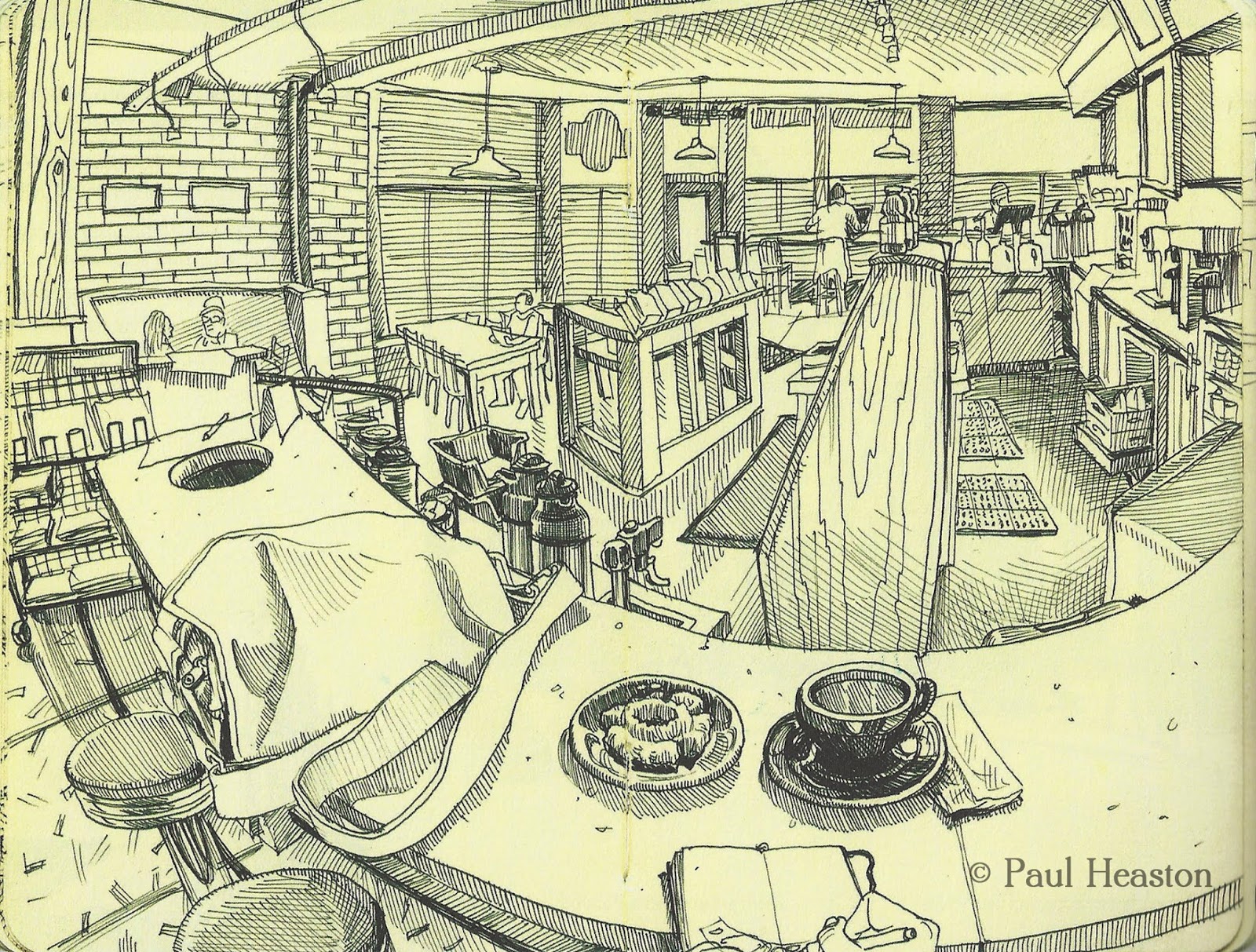
Here are a few simple cross hatching examples:
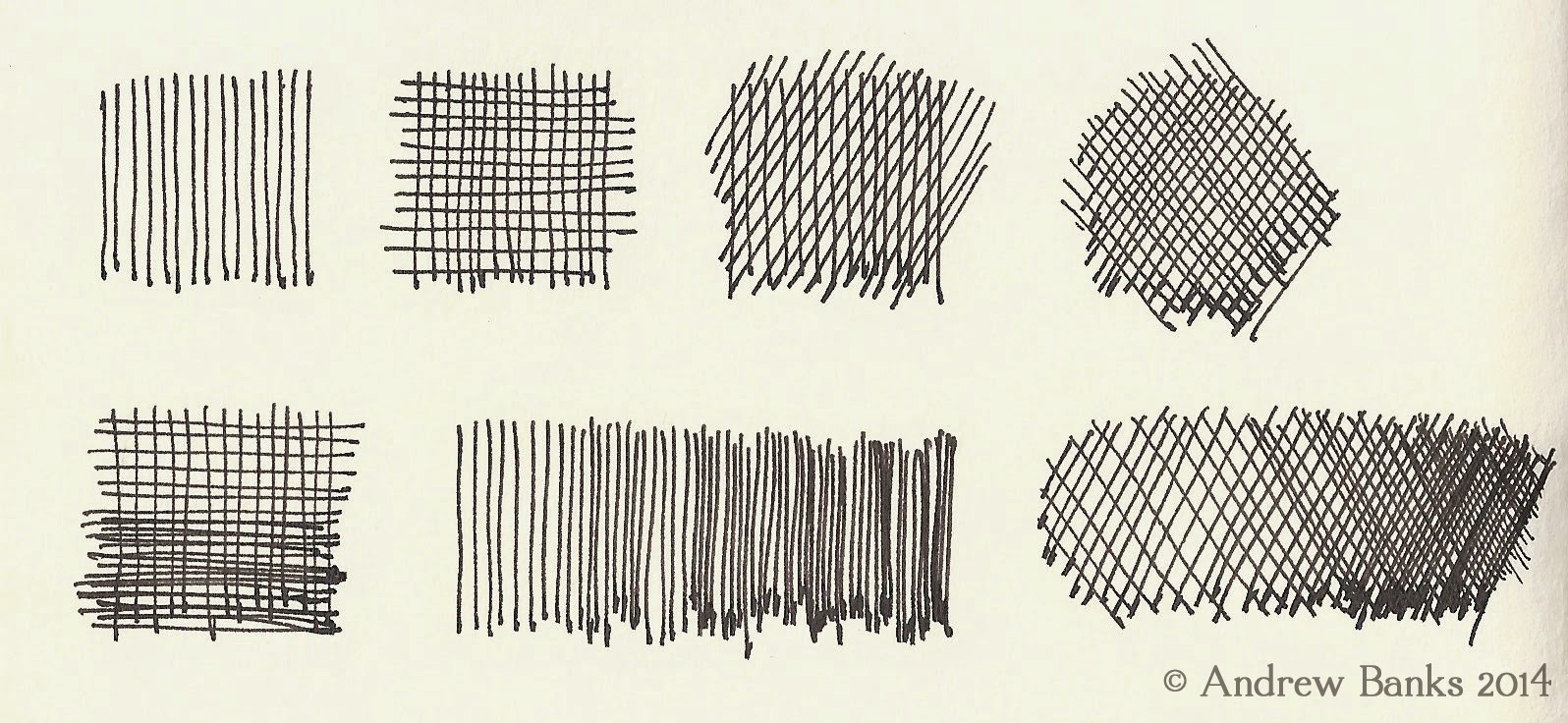

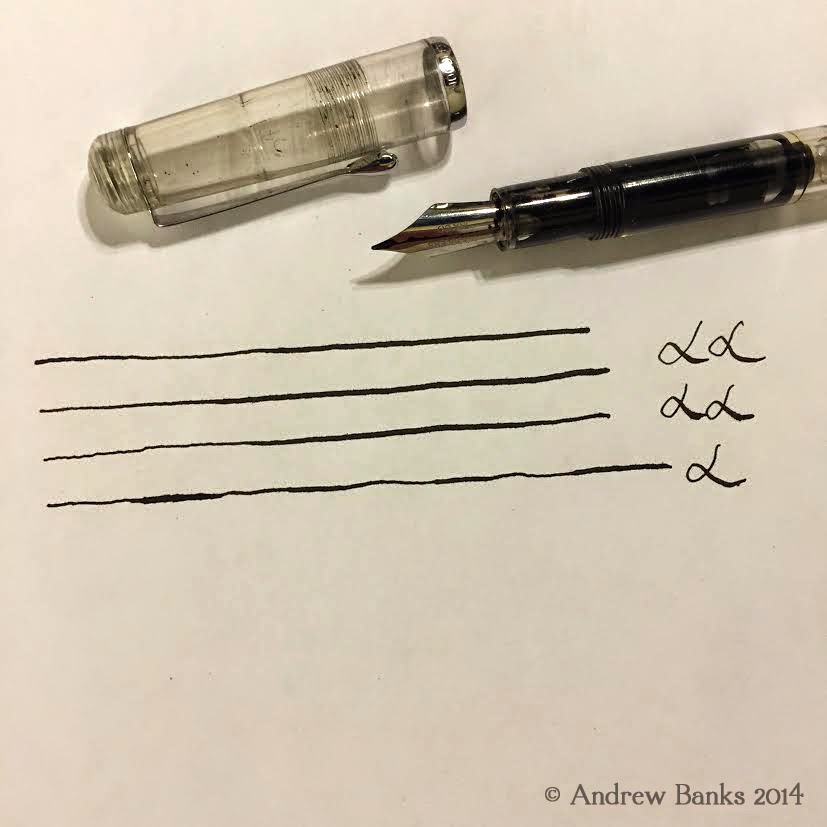
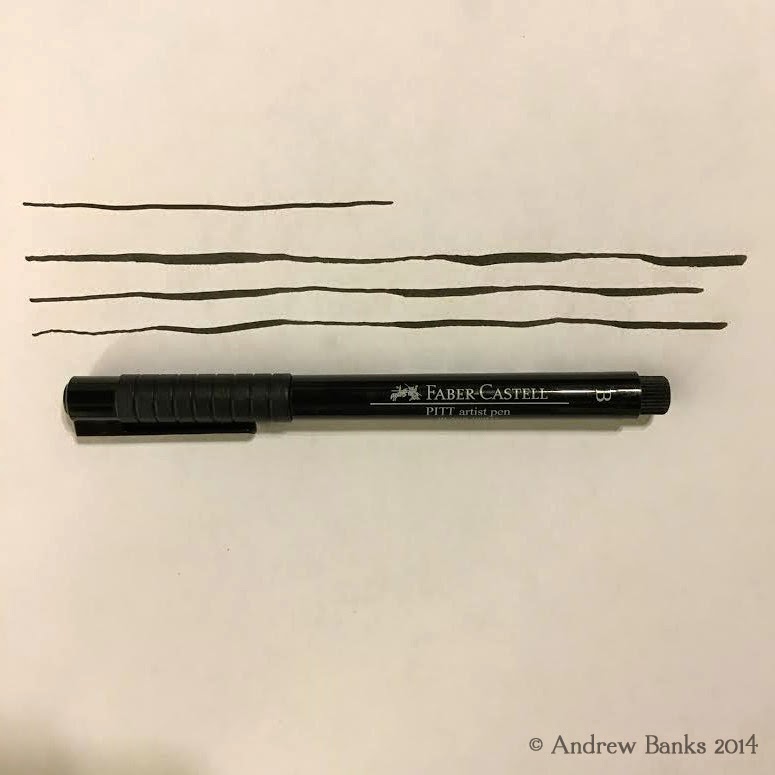
Line Weight - Check out the unique ways that Illustrator Lyndon Hayes uses line weights to achieve value with line.
Lyndon Hayes - http://instagram.com/lyndonhayes
Lastly, here are a few of my most recent sketches, each completed with one pen, that demonstrate creating value with line:
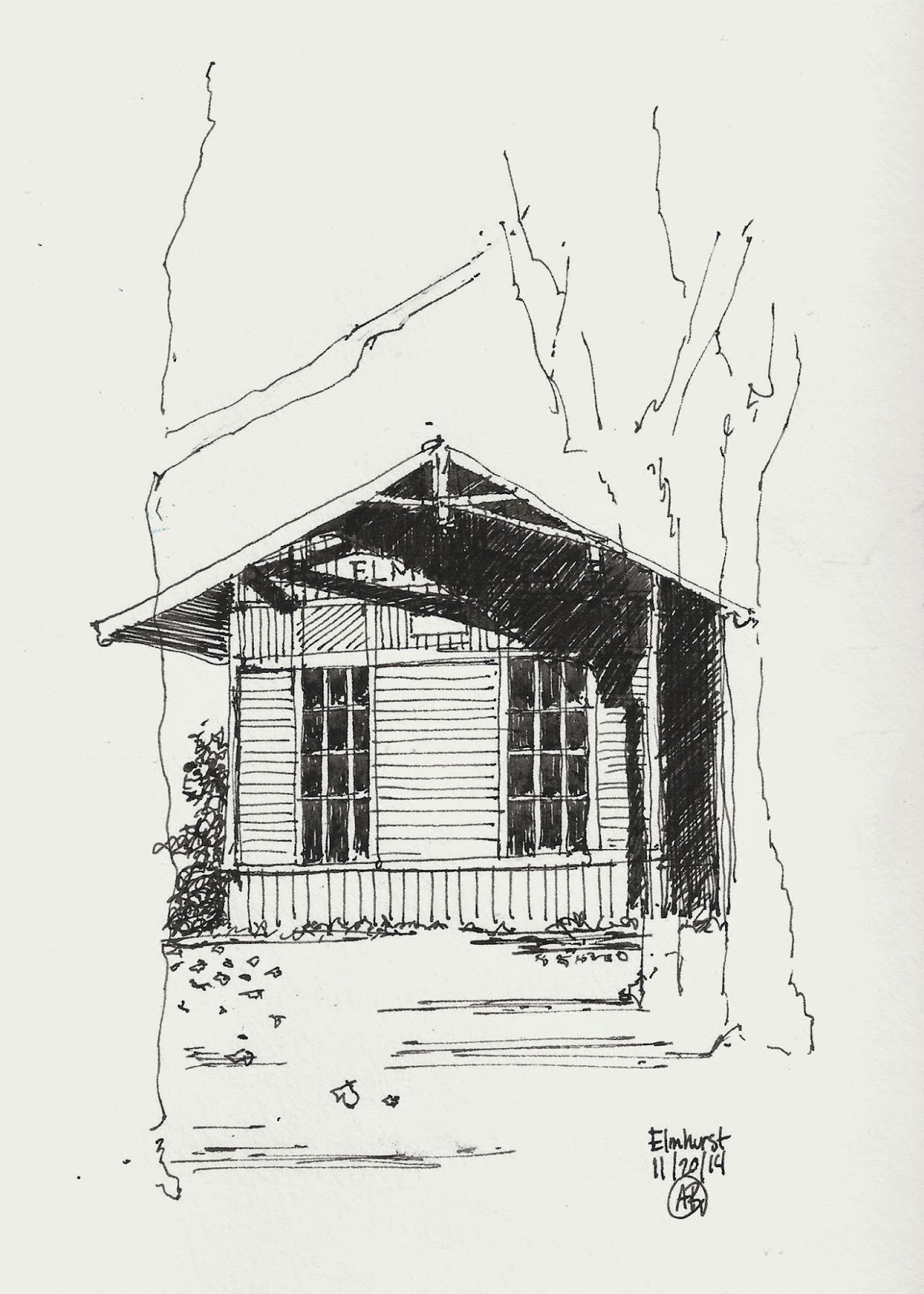
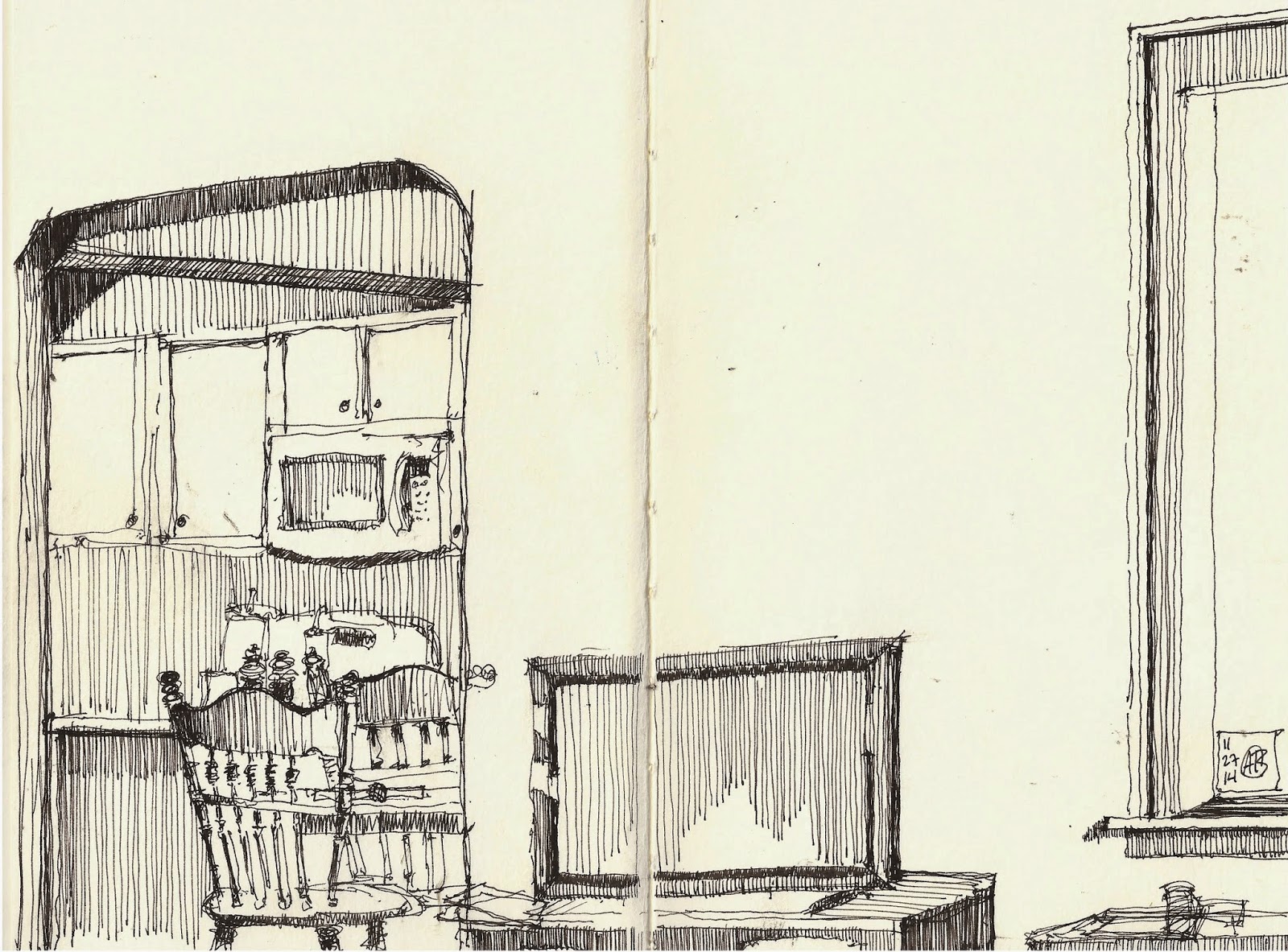

As soon as I narrowed down my every day sketch kit to a single pen and started re-visiting basic sketching skills as these, I became reacquainted with basic sketching styles I had started to overlook. These basic techniques, all completed with one or two pens, can produce some real impressive work. So my challenge for you is to keep it simple, and keep on sketching this Chicago winter season.
Happy Holidays and a Happy New Year!


A great post, as always, Andrew! Your examples really hit the mark.
ReplyDeleteA fantastic post, Andrew! Made me want to get out my pens!! Thank you!
ReplyDeleteAndrew, simply fantastic and well stated!
ReplyDeleteThank YOU guys for the inspiration for this post and for all of your other posts that have really resonated with me. I know I not the only one who's been able to benefit from the TTT series already.
ReplyDeleteThanks for helping lighten my load and narrow my focus.
ReplyDeleteGlad to help Peggy!
Delete